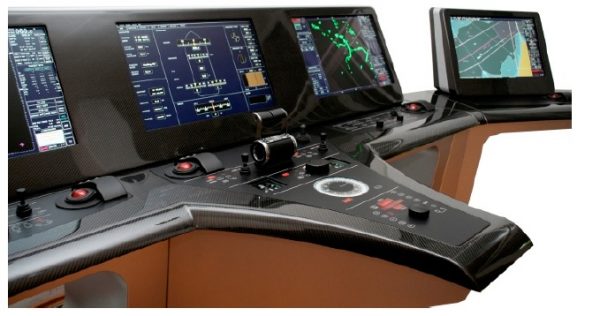AIS vessel tracking and monitoring service, BigOceanData Online, has compiled a comprehensive handbook on AIS which covers a wide range of topics from specific AIS units to getting the most out of the data gathered. The guide also includes some of the most commonly asked questions regarding the topic.
The Automatic Identification System (AIS) is a worldwide automatic positioning system based on fitting small transponders to vessels that continuously transmits a signal. This alerts other vessels and shore stations with AIS receivers to the presence of that vessel. The position information is supplemented with additional information about the vessel.
The signals and accompanying information can then be received by any vessel, land station or satellite fitted with an AIS receiver, and is then typically displayed on a screen using interactive chart-plotting software.
AIS was developed as a short range, high intensity system with a line-of-sight range of 10-20 miles between the transponders and terrestrial (shore and vessel based) receivers. Its primary purpose then as now was to allow vessels to see who else is operating in their immediate vicinity so as to prevent collisions.
What is less well known is that, thanks to improvements in technology, AIS signals can also be received by suitably equipped, low orbit, satellites. This has transformed the capability of AIS, giving it a truly global reach and allowing users of AIS services to locate and track vessels anywhere on the face of the earth from their desk or bridge.
International maritime law requires AIS transponders to be fitted aboard international voyaging ships with a gross tonnage of 300 tonnes or more, and on all passenger ships regardless of their size. Given its visibility and safety advantages many smaller vessels also voluntarily install AIS units. In many countries no license is required to purchase and operate either transponders or receivers.
The result is that AIS is used almost universally in the worldwide commercial maritime industry and increasingly so in the leisure marine sector. Not all vessels can be tracked by AIS. Naval and security ships generally prefer not to be tracked when on active duty, and cases are regularly reported of commercial vessels underway with their transponders turned off for unspecified reasons.
Further details may be found by reading AIS Handbook herebelow































































